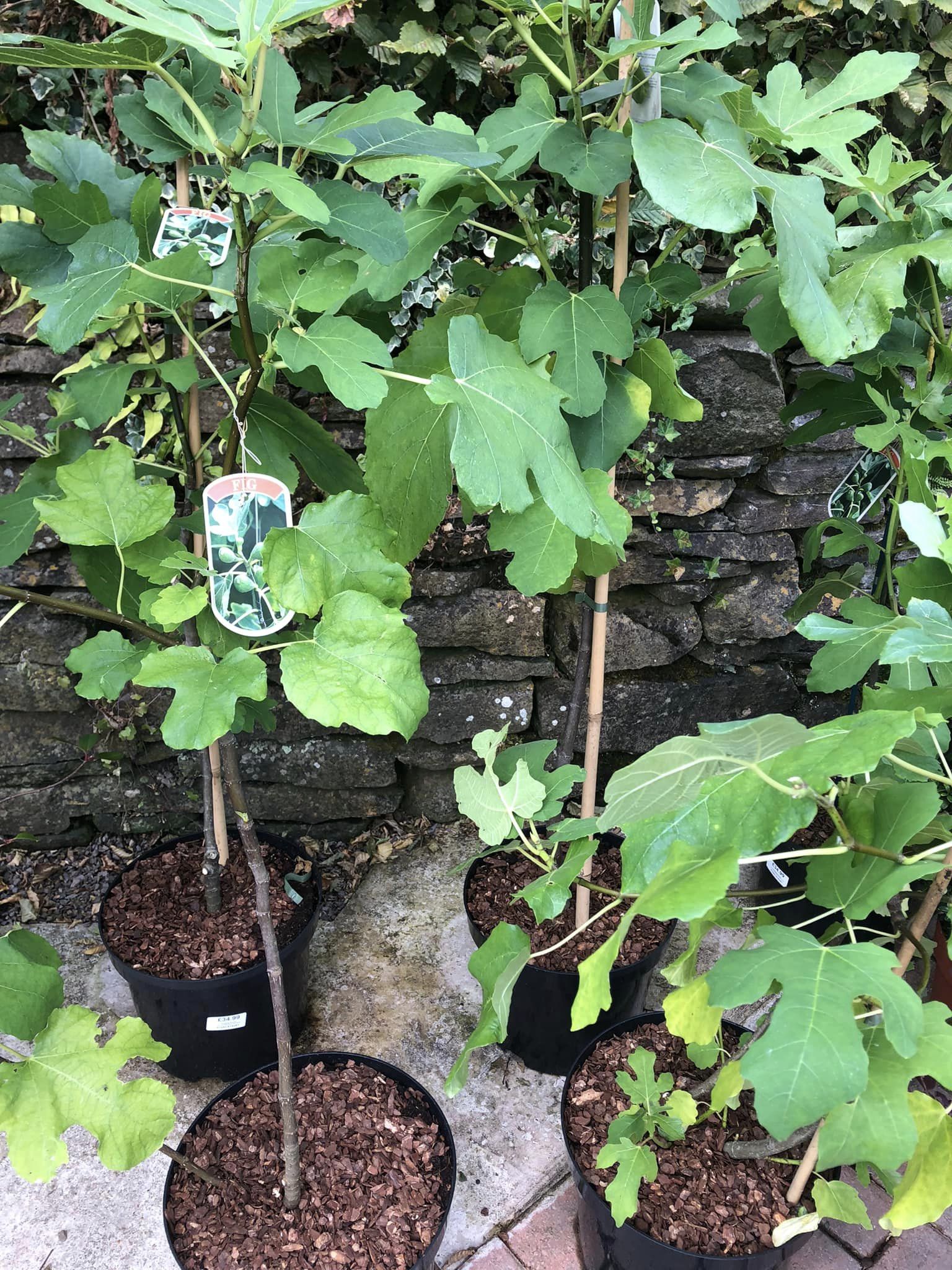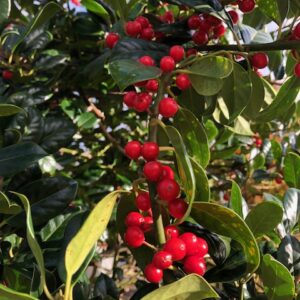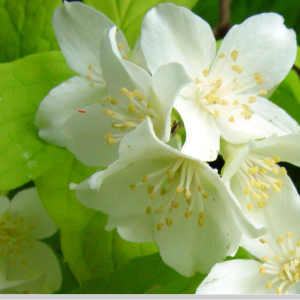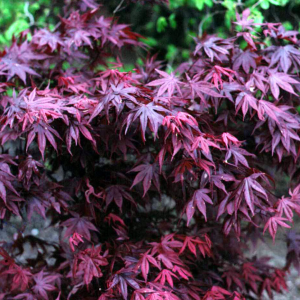Ficus carica Brown Turkey
Common Fig
Ficus carica Brown Turkey is a deciduous fruiting shrub with handsome foliage of large deeply lobed deep green leaves. It produces tiny petal less flowers are contained in a hollowed-out receptacle, which enlarges to form edible fruit.
Fruiting from August to September, it can reach a Max Height of 3m, and a Max Spread of 4m. It will perform best in full sun, and fruits best when it’s root run is restricted. Hardy in the UK.
Skin irritant with sunlight.
MORE
Ficus carica, commonly known as the fig tree, is a species of flowering plant in the mulberry family, Moraceae. It is native to the Middle East and Western Asia and has been cultivated for thousands of years for its sweet and nutritious fruit. The fig tree is a deciduous tree that can grow up to 10 meters tall, with a trunk that can reach a diameter of up to 30 centimeters. The leaves of the fig tree are large, dark green, and deeply lobed, and its fruit is a small, pear-shaped structure that is typically green when unripe and turns purple when ripe.
Ficus carica Brown Turkey is a deciduous, spreading shrub with large ornamental, glossy, palmate leaves. It is best grown against a south or south-west facing wall, where it will produce an abundant crop of brown, pear-shaped fruit with red flesh. The figs are rich and sweet and can be harvested from August to September. It is an interesting and easy plant to grow, and one of the oldest fruits in cultivation.
If the roots of a fig are allowed to spread freely, the plant will produce plenty of foliage but fewer fruit, so if you are growing your fig tree for its fruit, or if you want to keep it more compact, then the roots should be restricted when planting. Your fig can either be planted in a large pot, and then sunk into the ground, or you can dig a 60 x 60 x 60cm pit, line the edges with paving slabs and place a layer of large crocks or rubble at the base, re-fill the pit with the good quality top soil mixture , mixing in a good quality compost.
Prune in spring when all risk of frost has past. Remove any frost-damaged or weak branches, and thin out shoots to let more light in. Some pruning may be required in summer to encourage bushier growth. If so, trim all new shoots back to five or six leaves.
Figs can produce three crops of fruit every year, but in our climate it is the tiny little ones that you find tucked into the leaf axils in autumn, that if protected from frosts, will go on to ripen in their second summer. If you are growing a fig for its fruit rather than its foliage, you should remove any developing fruits that are larger than a pea in autumn, and either cover the crown of the tree with a blanket of frost fleece or try to gently pack it with straw. This will keep them protected throughout winter and channel the plants energy into the development of the young fruits, which should grow into fully ripened figs next year.
Humans/Pets: Harmful to skin with sunlight






Reviews
There are no reviews yet.